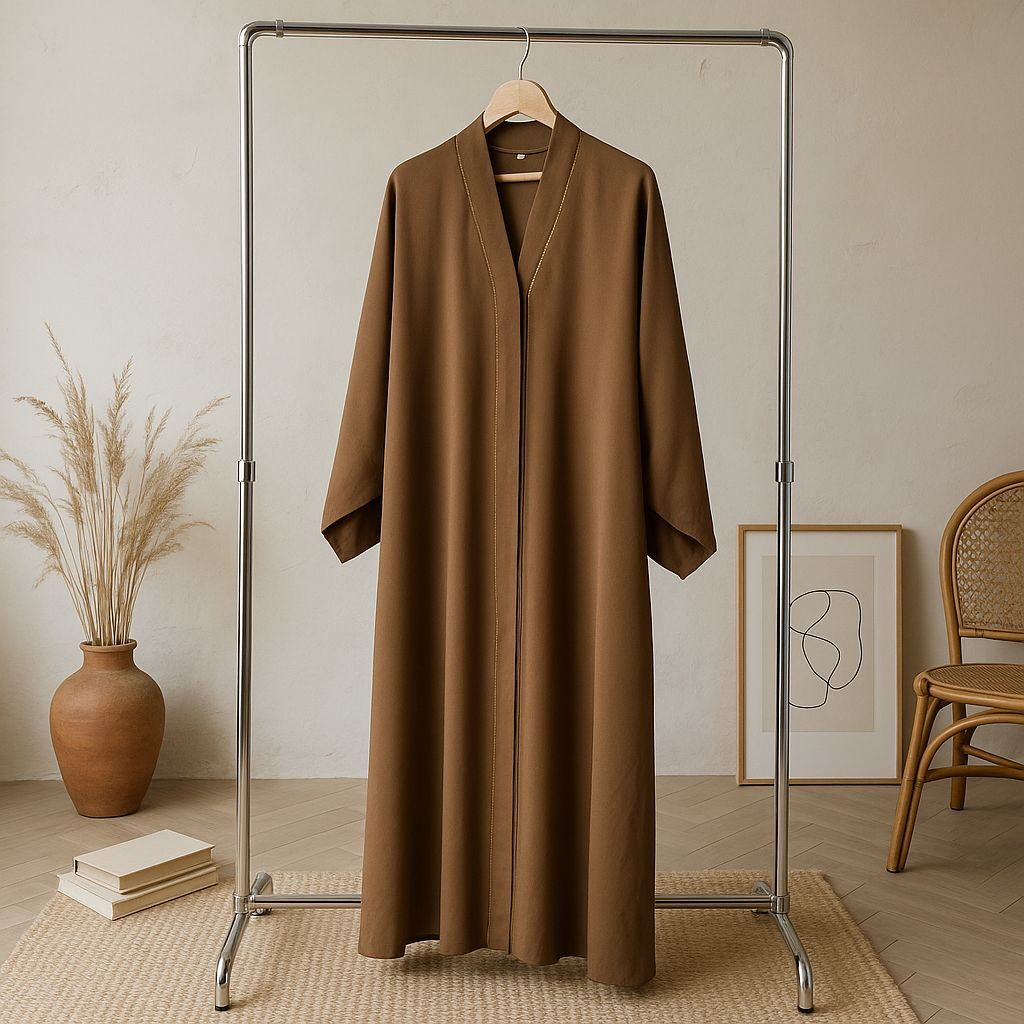Ramadan is celebrated by millions of Muslims across the globe, and while the essence of the holy month remains the same everywhere—faith, reflection, and community—the traditional clothing worn during this time varies beautifully from region to region.
Among these garments, the abaya stands out as a symbol of modesty, elegance, and cultural identity.
Each country brings its own story, craftsmanship, and heritage to the abaya. Here’s a journey through the fascinating stories behind traditional Ramadan abayas around the world.
The Emirati Abaya: Timeless Elegance
In the UAE, the abaya is known for its sophisticated minimalism. Traditionally black, Emirati abayas are designed to flow gracefully with clean, long lines and subtle elegance.
Signature Features
-
Soft, lightweight fabrics
-
Minimal embroidery
-
Tailored cuts that drape naturally
Cultural Story
Emirati women have long embraced the abaya as a symbol of cultural pride and modesty. During Ramadan, these abayas often include delicate embellishments or hand-stitched detailing, making them ideal for Iftar gatherings and festive evenings.
Saudi Arabian Abayas: Rich Heritage & Modern Flair
Saudi Arabia’s abayas are deeply rooted in tradition, yet they continue to evolve with contemporary fashion influences.
Signature Features
-
Classic black abayas with bold sleeve designs
-
High-quality fabrics like nida and crepe
-
Intricate embroidery inspired by traditional patterns
Cultural Story
Saudi abayas are often designed to reflect the kingdom’s rich history, with details inspired by Najdi and Hijazi heritage. During Ramadan, women often choose abayas with subtle gold or threadwork for a refined festive look.
Moroccan Kaftans: A Ramadan Favourite
While Morocco is known more for the kaftan and takchita, these garments are widely worn during Ramadan and are considered equivalents to abayas in modest fashion.
Signature Features
-
Heavy embroidery across the neckline and sleeves
-
Luxurious fabrics like silk, velvet, and brocade
-
Statement belts (mdamma)
Cultural Story
Moroccan kaftans date back centuries, symbolizing royalty and celebration. Many families pass down precious kaftans from generation to generation, especially during Ramadan and Eid festivities.
Turkish Abayas: Modest Fashion with a Modern Touch
Turkey blends modesty with contemporary fashion trends, making their abayas especially popular among younger generations.
Signature Features
-
Structured cuts
-
Pastel and neutral shades
-
Modern prints, pleats, and minimalistic details
Cultural Story
In Turkey, Ramadan outfits often include long tunic-style abayas paired with trousers. The modern Turkish modest fashion movement has influenced abaya trends globally, especially through social media and modest fashion bloggers.
A Tapestry of Cultures and Stories
The abaya may be a universal symbol of modesty, but its variations across the world tell powerful stories of heritage, identity, craftsmanship, and tradition.
This Ramadan, as women choose abayas that reflect their style and culture, they are also wearing pieces of history—a beautiful reminder of how faith brings diverse cultures together.







